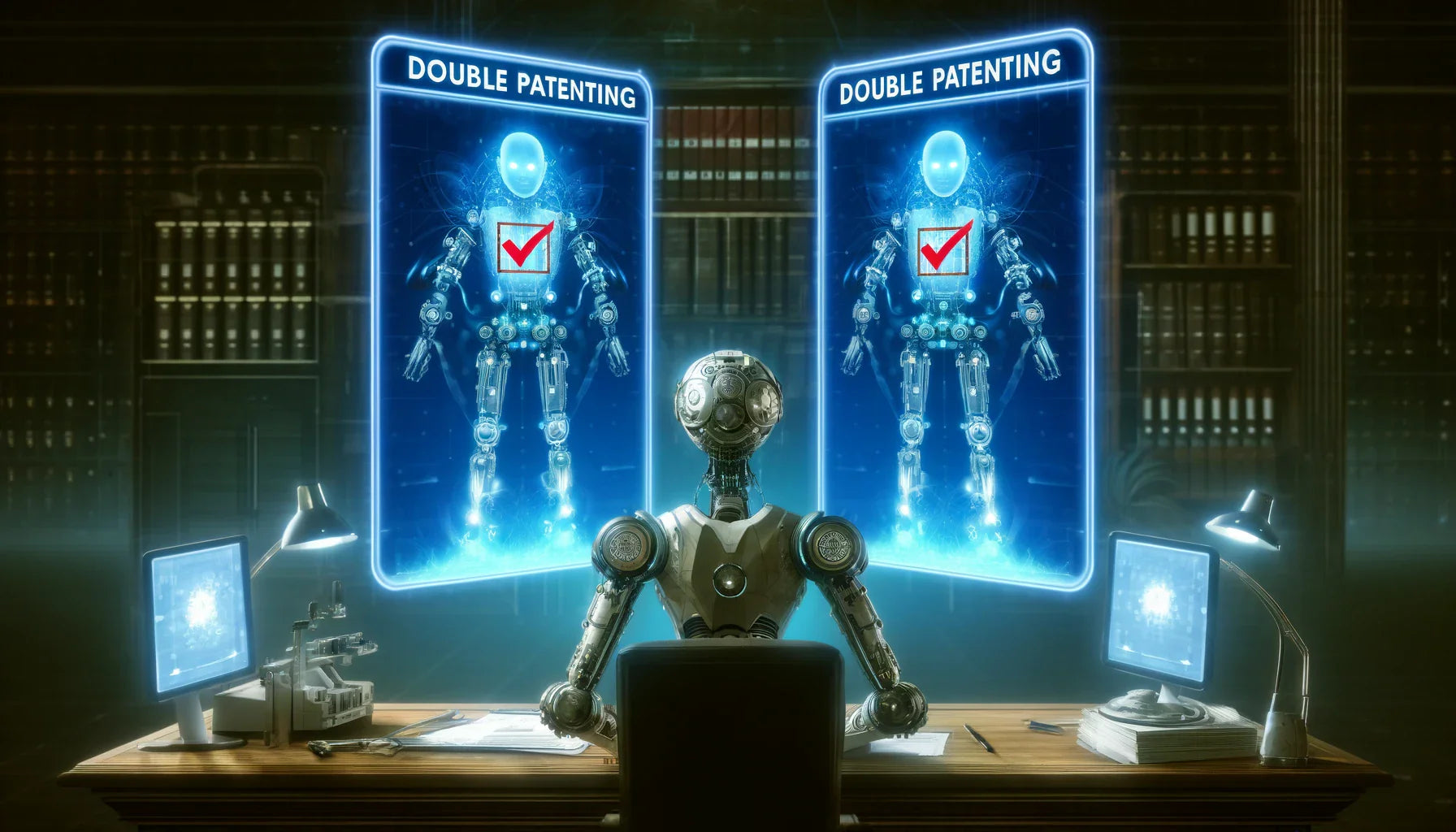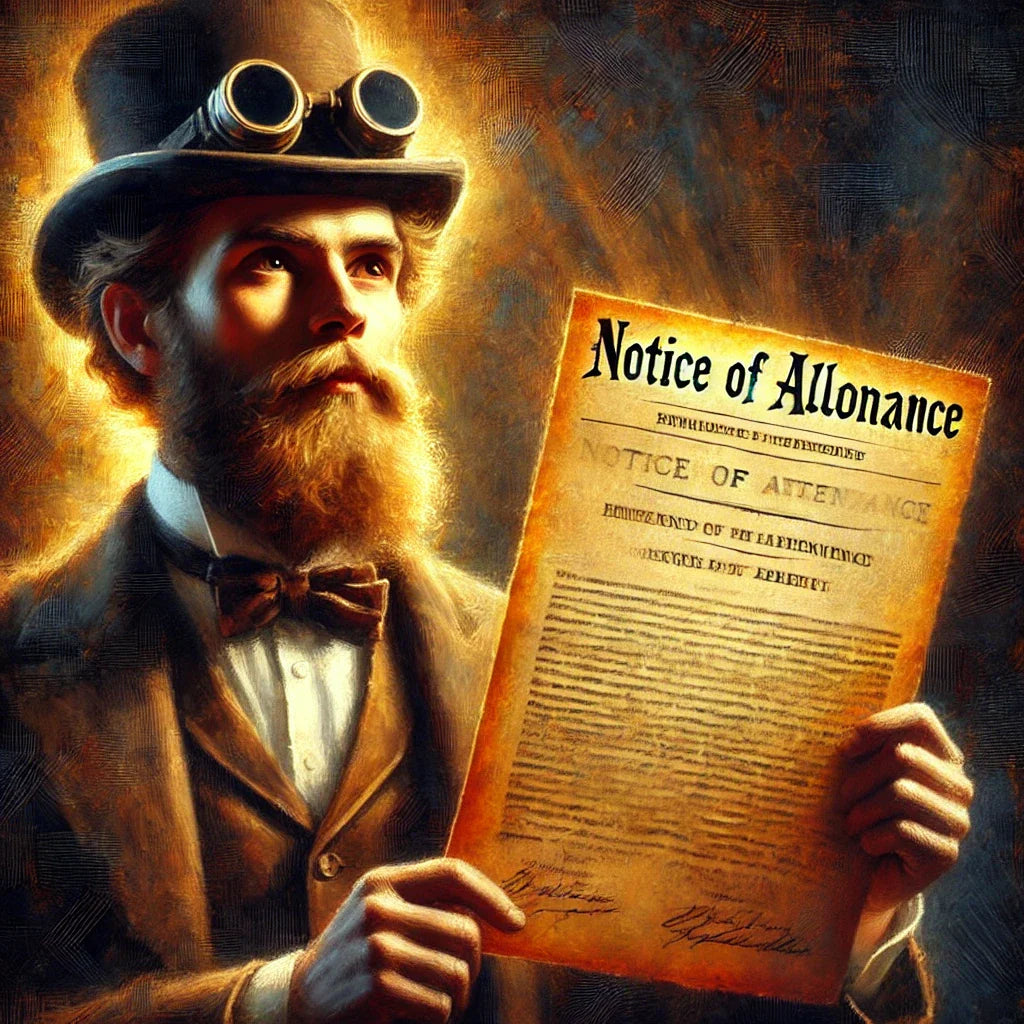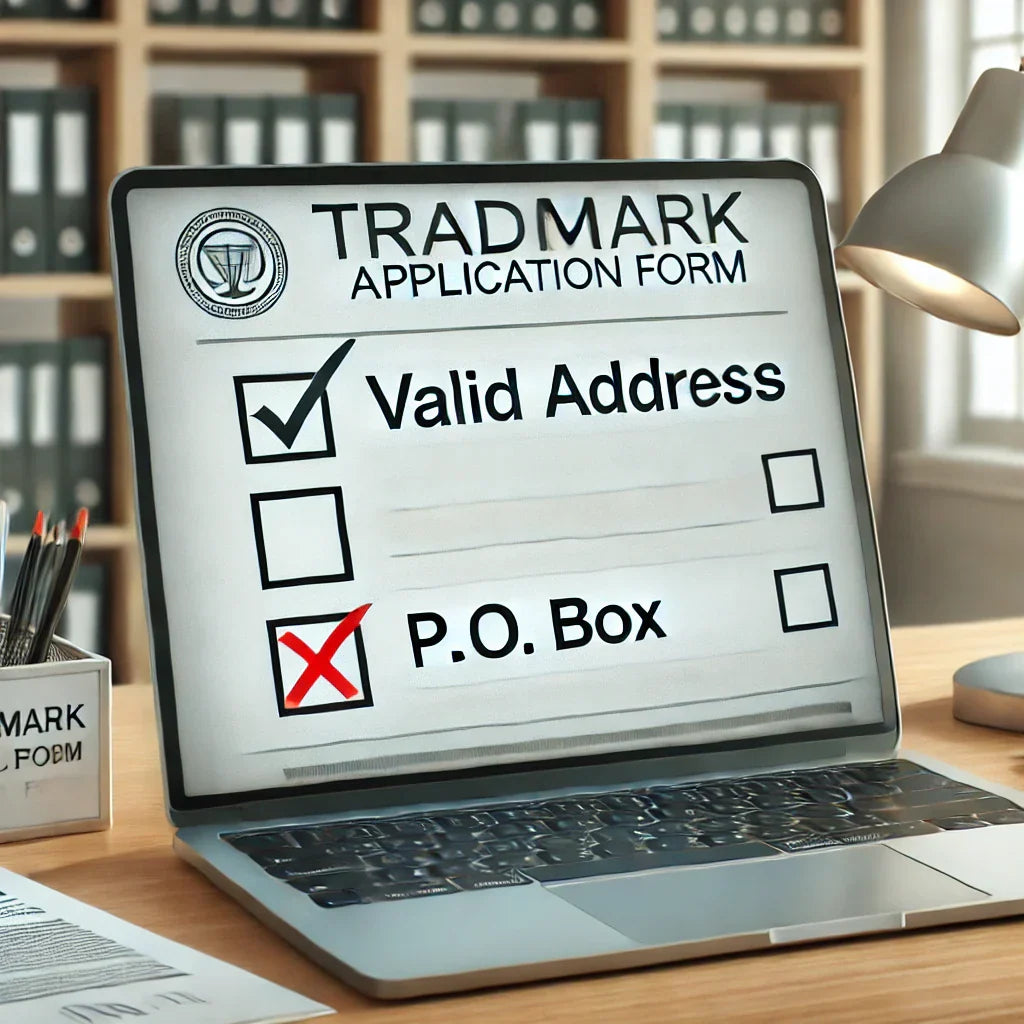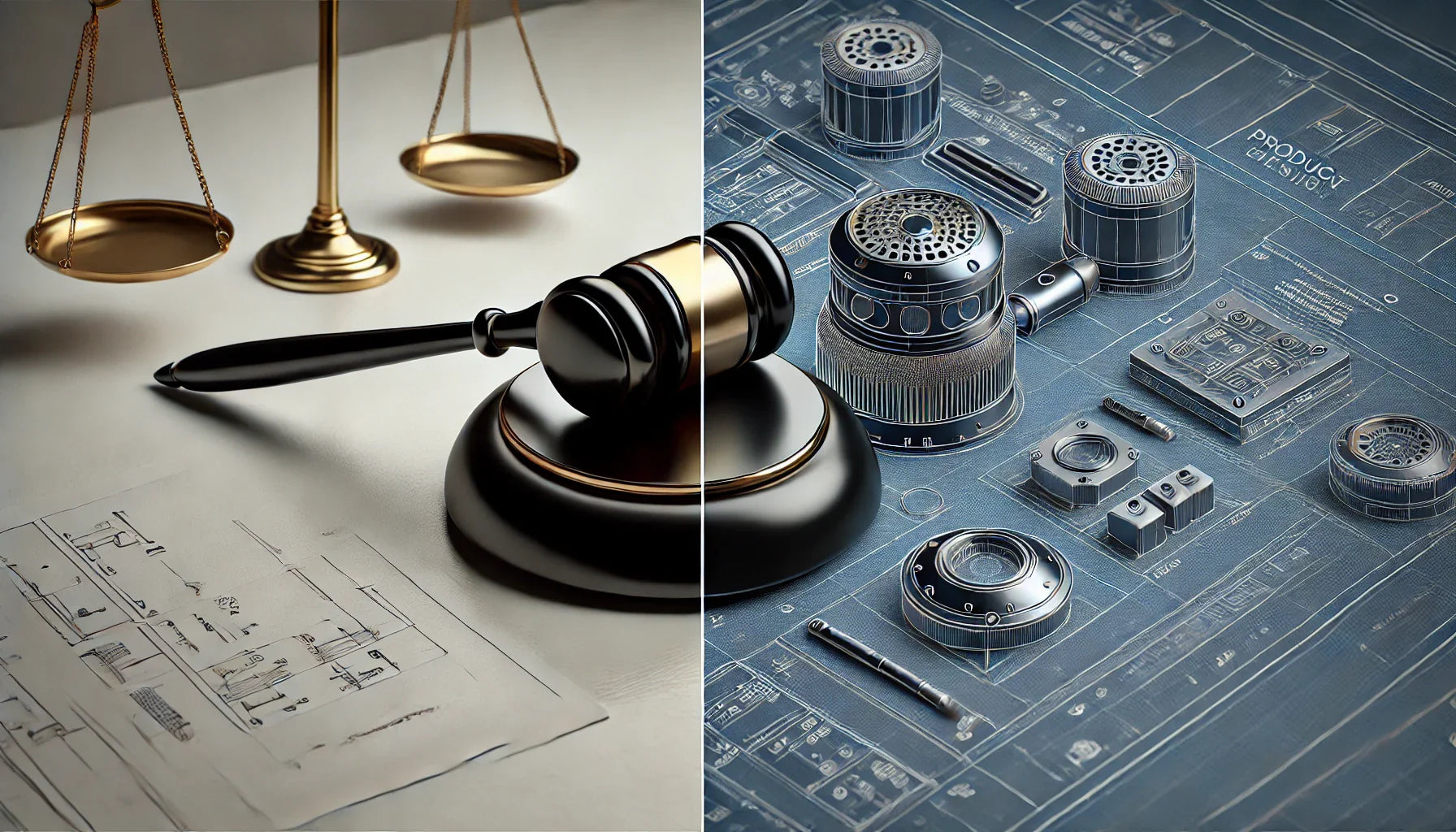Experience | Expertise

Experience | Expertise
Double patenting can lead to frustrating office action rejections, delaying your patent approval. Learn why the USPTO rejects “patent twins,” how to navigate obviousness-type and...
Facing a restriction requirement in your patent application? The USPTO may force you to split your ideas into separate filings. Learn what a restriction requirement...
Struggling with a §112(b) rejection? Patent law requires clarity, and ambiguous claims won’t make the cut. Learn how to refine your application, avoid common pitfalls,...
A 112(a) rejection can derail your patent dreams, but it’s not the end of the road. This guide breaks down why these rejections happen, how...
Patent rejections under Section 101 are common, especially for software and business methods. If your application faces a 101 rejection due to abstraction, don’t panic—there...
A final office action sounds like the end, but is it really? Discover the key differences between final and non-final office actions, what they mean...
A 103 rejection means the USPTO believes your invention is just a predictable combination of existing ideas. But is it really that obvious? Learn why...
A 102 rejection means the USPTO thinks your invention isn’t novel—but that doesn’t mean game over. Learn what a 102 rejection is, why it happens,...
Patent maintenance fees are crucial for keeping patents active, but they can be costly. Discover how businesses strategize their payments and what happens if fees...
Your patent is almost issued, but are you maximizing its potential? Filing a continuation (CON) or continuation-in-part (CIP) can help broaden your claims, add new...
Getting a Notice of Allowance is a major milestone, but your work isn’t done yet! Learn what it means, how to finalize your patent, and...
Many trademark applications get rejected due to incorrect addresses. The USPTO requires a physical street address—no P.O. boxes or mail forwarding services allowed! This guide...
Thinking about creating a competitive product inspired by an existing one? This guide covers everything from understanding intellectual property laws to innovating responsibly. Avoid lawsuits,...
Morality clauses serve as vital insurance for reputation management. From scandals to safeguards, this guide explores their power, historical roots, and modern significance in contracts
Filing a U.S. trademark? Discover whether Intent to Use or Use in Commerce is the best fit for your business. This article covers the pros,...
Can you trademark a misspelled word? Yes, but with caveats. Learn how distinctiveness, originality, and avoiding generic terms are key to securing your mark.
Tired of equity dilution? Explore royalty-based funding—a smart alternative to VC. Learn how startups can access growth capital while preserving ownership. Keep your vision intact...
Public disclosure can ruin patents fast. The U.S. grace period offers only 12 months, and international rules are harsher. Learn how first-to-file and disclosure rules...
From perpetual motion machines to universal cancer cures, discover what the USPTO deems unpatentable and why scientific integrity takes precedence in innovation.
Many inventors make the mistake of using their product's marketing name as their patent title, which can lead to weaker legal coverage and searchability issues....
In the fast-paced digital world, a single negative event can erupt into a full-blown brand crisis within hours. "Navigating Stormy Waters" dives into the art...
Startups thrive on innovation, but protecting that unique 'secret sauce' is essential for long-term success. This guide covers practical intellectual property (IP) strategies to safeguard...
In the U.S., software patents are possible but complicated. They must offer technical innovation and overcome legal hurdles like the Alice ruling. From major companies...
Technology transfer opens doors for innovation and growth but also brings IP and compliance challenges. This article dives into how businesses can balance these risks...
As AI reshapes creativity, the lines of intellectual property (IP) are blurred. This article navigates who owns AI-generated content, how traditional IP law is challenged,...
With Miller IP Overview of Miller IP Miller IP is not your traditional law firm. We specialize in helping startups, small businesses, garage inventors, side...
Welcome to our blog on open-source technologies and patent considerations for entrepreneurs looking to protect their inventions and foster innovation within their startups or side...
Think of some of the biggest crypto apps that come to mind. How would you feel if I told you they operate like uninsured, unregulated banks?...
Eager to learn how to protect your brilliant ideas with intellectual property rights? Now, you might be wondering, what is intellectual property and why is...
Patents that have been filed but not yet approved have patent pending status. You can use your pending patent to make, sell, and license the...
































